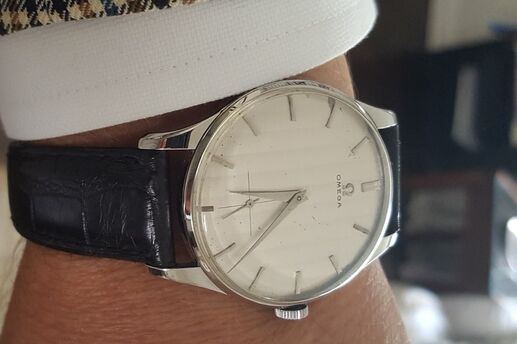Ramp up Your Summer Pickup Game Performance

You never know when you might get drafted to play basketball, flag football or even toss a flying disc. Here's how you can be better in each.
With all pickup sports, the top goals are simple: Get some exercise and have some fun. (After all, it is summer … and you're probably not in a contract year.) However, to stay in the game -- and be picked for a future one -- being a good, if not great, player goes a long way.
Here are three top warm-month pickup sports and how you can turn it up a couple of notches in each.
Pickup Basketball
If you're playing pickup basketball, often many other players are waiting on the sideline to get in the next game. In other words, helping your team win, and staying on the court, is motivation numero uno.
Offense: Consider this your chance to be that unselfish, pass-first player you always wanted to be. Meanwhile, observe how your man plays you. Does he slough off until you have the ball? If so, fake him out: Go go one way then quick-change direction. And to get layup opportunities, rush for those open spots on the floor.
Defense: Of course, playing defense is half the game, but you'd never know it by looking at most pickup games. If you’re on D, distinguish yourself by shutting down the guy you're guarding. Quickly diagnose if he favors going left or right, then force him away from his strength -- even top-level players often struggle going away from their strong side. Similarly, most players are either penetrators or shooters. Make the penetrator throw “bricks” and crowd the shooter.
You may be surprised at how far these strategies can go to throw off the mental game of your opponent.
Flag Football
First, know the basic rules: Flag football usually consists of seven-man teams rather than 11, all players are eligible to receive a pass, and you need 20 yards (rather than 10) for a first down.
Speed: And now, the stating of the obvious: Speed kills the competition, especially in flag football. Whether you need to get open on passing routes, sprint away from diving defenders, or -- if you're the quarterback -- buy time in the pocket, speed is prized. The best way to achieve it? Always break -- while heading downfield, of course -- toward the sideline after getting the ball, since defenders tend to hover midfield. Also, the fast guy doesn’t lose his flags.
Ball handling: Ability here is also key. To prevent the fatal fumble, carry the football in the arm farthest from a pursuing defender. When catching the ball, always make your hands do the work -- spreading your fingers and keeping them relaxed to ease the catch -- before bringing them into your body. And use the lateral pass, when the opportunity’s there, to further advance the ball and surprise the opponent.
Defense: On defense, adopt an aggressive style that often forces opponents to make blunders, like fumbling the ball or throwing interceptions. Also, attempt to funnel opposing players toward midfield for easier flag grabs.
Ultimate Flying Disc
Like flag football, Ultimate is a fast-paced sport played with two teams of seven people on grassy, football-field-sized turf. Play starts when the defensive team throws the disc to the other team. Once a player catches it, he has 10 seconds to pass. If the 10 seconds elapse before passing or if the disc is dropped, blocked, intercepted, thrown out of bounds or simply not caught, possession transfers to the other team. Passes can go backward or forward.
The hardest part is learning the three throws: the backhand, the forehand (aka flick) and the hammer. You'll need to know how to do all three because the defense will force you to throw to different sides and release at different heights.
The backhand is your standard throw: Grab the disc with your thumb on top, index finger on the inside edge and the other three fingers extended underneath. Hold the disc parallel to the ground and point your feet perpendicular to your target. Bring your throwing arm across your body until the disc is near your nonthrowing shoulder. Begin the throw with your shoulder leading and straighten your elbow. Release it with a snap of your wrist when it's directly in front of you. This toss is usually used to throw left (or right for left-handers).
The forehand is that awkward flicky toss you use to throw to the right (or left for left-handers). Proper form may require practice: Extend your hand as if to shake hands. Place your index and middle fingers on the inside edge of the disc, and your thumb on the outside top. Hold the disc parallel to the ground, right side up. Bring your arm back and bend your wrist so it's perpendicular to your forearm. Drop your throwing shoulder several inches below your other shoulder. Begin the throw with your elbow leading the way. Flick your wrist with a quick snap so your middle finger is the last point of contact with the disc.
The hammer is the loopy upside-down throw that will also require practice to throw … and catch. Its grip is the same as the forehand. Draw the disc back along your head to your ear, much like you're throwing a baseball. Hold it almost vertically, with the top of the disc parallel to your cheek, the palm of your throwing hand about where your ear is, and the disc a little behind. Whip your arm forward, bringing the disc over your head, as you step forward. Extend your arm in front of your body and twist your elbow forward to snap your wrist to give the throw some good spin. The natural spin of the throw released upside down will pull the disc away from vertical toward a horizontal float.

